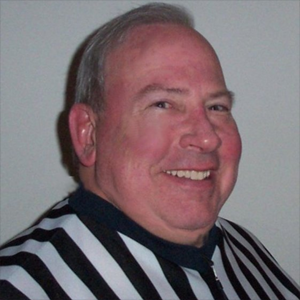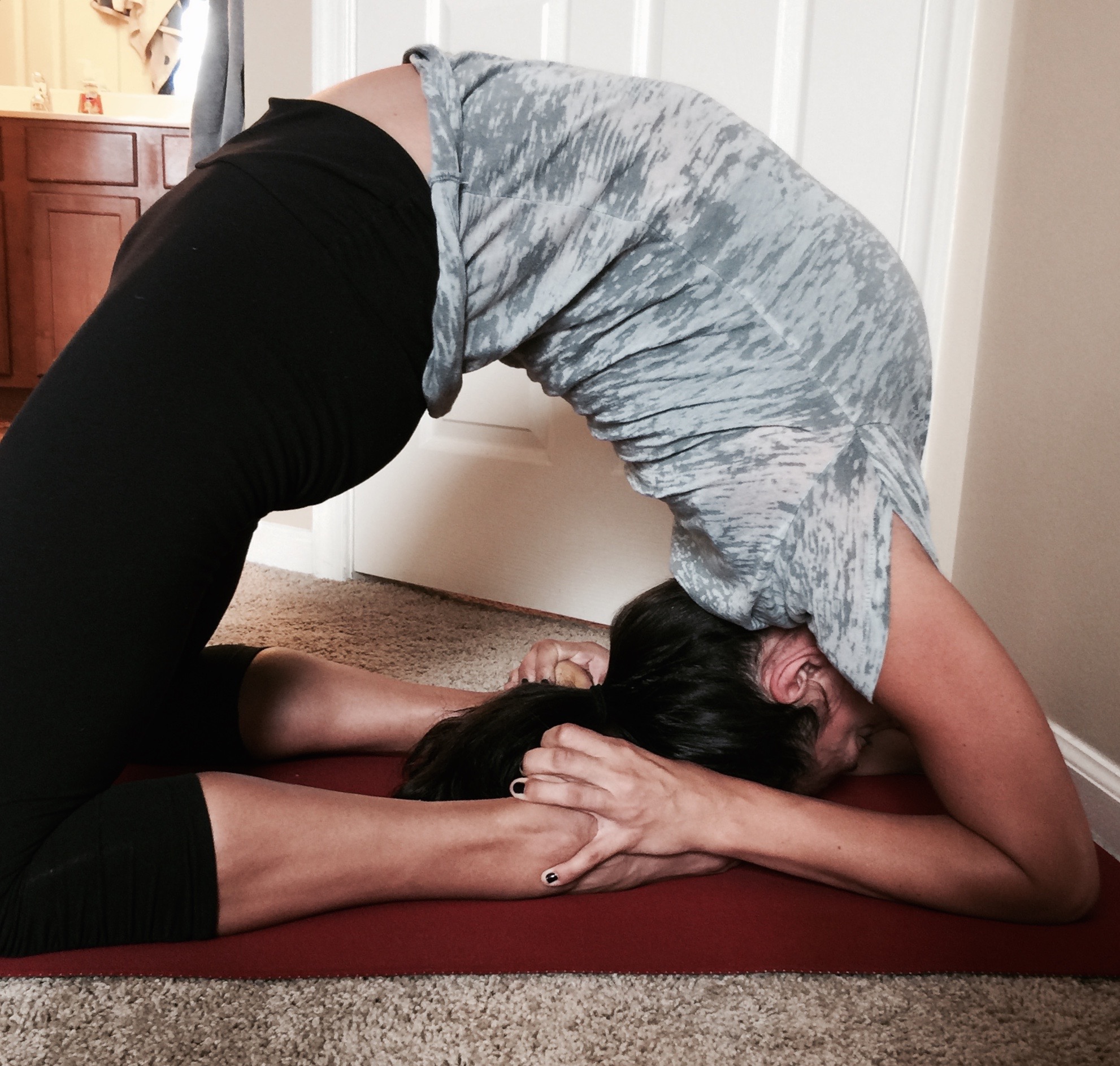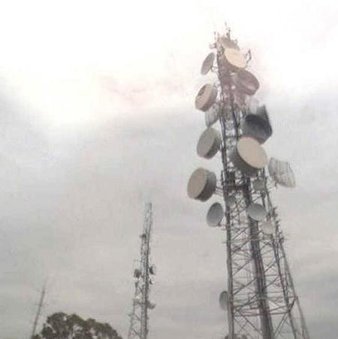
Rndballref
20 Years Experience
Chicago, IL
Male, 60
For twenty years I officiated high school, AAU and park district basketball games, retiring recently. For a few officiating is the focus of their occupation, while for most working as an umpire or basketball referee is an avocation. I started ref'ing to earn beer money during college, but it became a great way to stay connected to the best sports game in the universe. As a spinoff, I wrote a sports-thriller novel loosely based on my referee experiences titled, Advantage Disadvantage
Most instructors will tell you that indicating a spot or a runner throw in to both the offense and defense is good, solid preventative officiating so that if there is a thrown violation neither team can complain about a misunderstanding.
To my knowledge this mechanic is NOT in the official's manual.
If player A1 is in bounds and throws the ball which hits out of bounds player B1 the throw in is awarded to team A.
There is no provision for a violation or foul for talking or shouting. There is only one way it might be construed a foul and that is behavior that is considered unsportsmanlike. But to me, shouting "ball, ball, ball" would not rise to the level of unsportsmanlike.
A defender has every right to hold his ground as long as he obtains the position legally. He has NO obligation to give ground or soften a collision once he obtains initial legal guarding position.
Pharmaceutical Researcher
 Is there or isn't there a cure for AIDS?
Is there or isn't there a cure for AIDS?
Yoga Instructor
 Why don’t more men do yoga?
Why don’t more men do yoga?
Radio program/music director
 Do radio stations have to pay royalties to artists to play their songs?
Do radio stations have to pay royalties to artists to play their songs?
Why couldn't he pick up the ball? Even after a dribble, a player can fumble the ball and recover it as long as it is accidental and there is no purposeful dribble. Having said that:
A player can box out anywhere on the court as long as he moves to a spot before the opposite team player moves toward that spot.
Once both of the player's feet land in the front court and then he receives the ball there is no violation.
Stop the game. Turn the teams around. All points fouls time outs which occurred stand.
-OR-
 Login with Facebook
Login with Facebook (max 20 characters - letters, numbers, and underscores only. Note that your username is private, and you have the option to choose an alias when asking questions or hosting a Q&A.)
(A valid e-mail address is required. Your e-mail will not be shared with anyone.)
(min 5 characters)
By checking this box, you acknowledge that you have read and agree to Jobstr.com’s Terms and Privacy Policy.
-OR-
 Register with Facebook
Register with Facebook(Don't worry: you'll be able to choose an alias when asking questions or hosting a Q&A.)